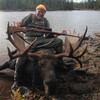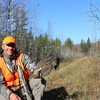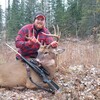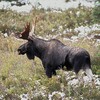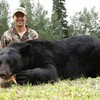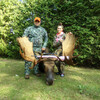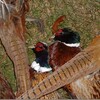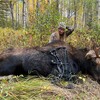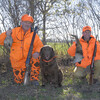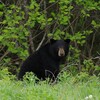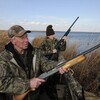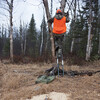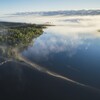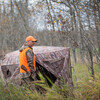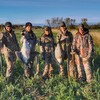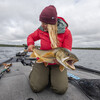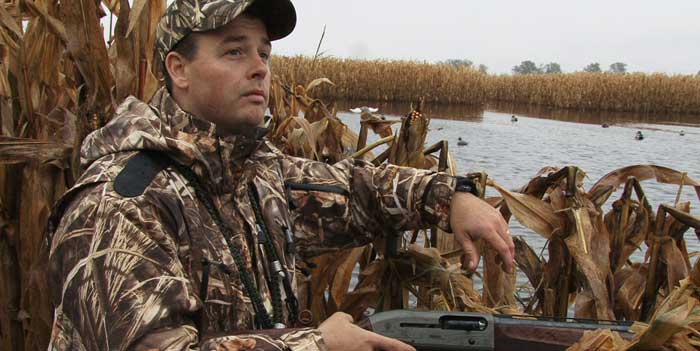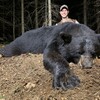
The Secret Life Of Grouse
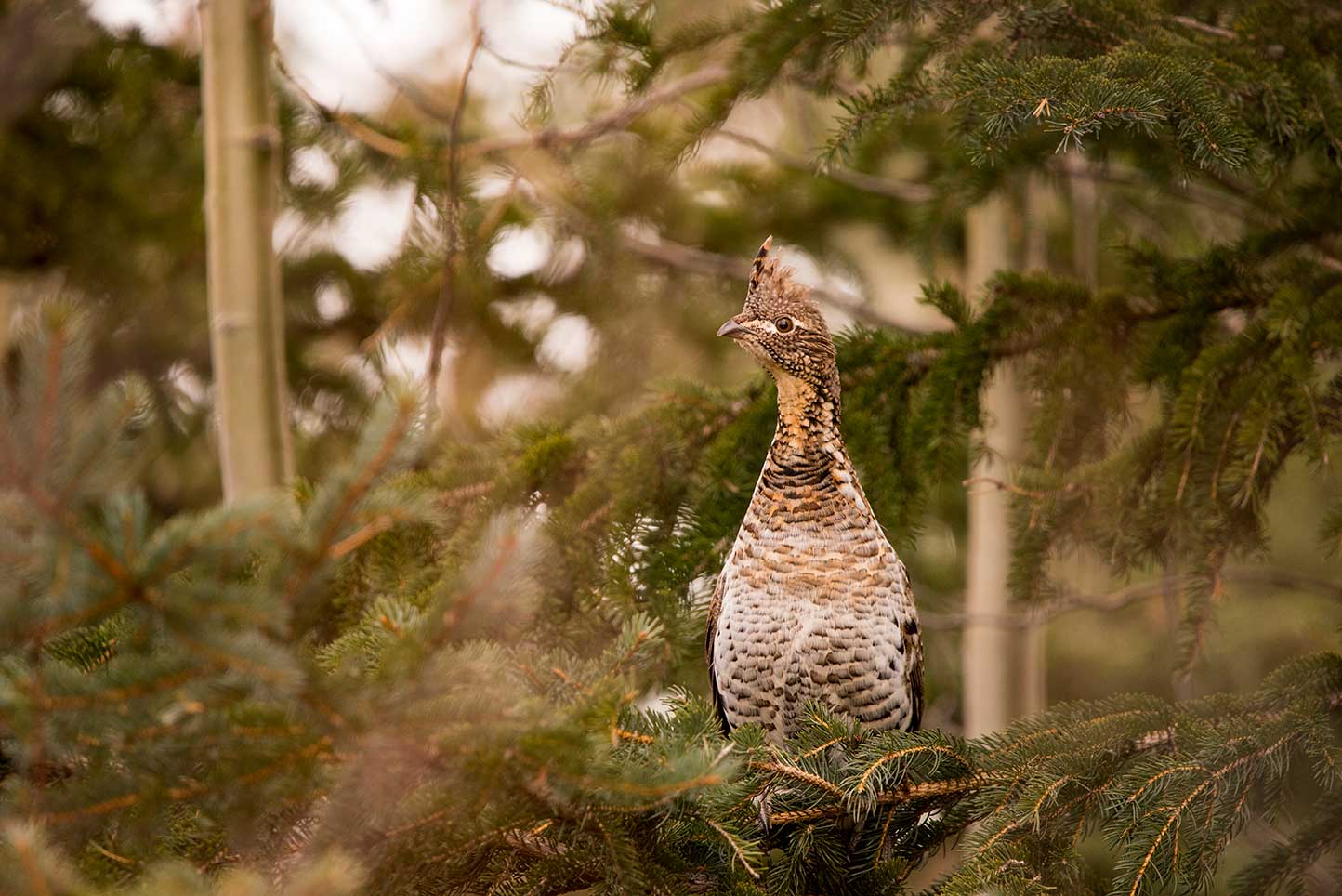
Grouse in Ontario is affectionately known as the gateway to hunting for a lot of newcomers to the sport, and a well-favoured pastime for those seasoned hunters. Bird hunting in general can be so much fun—pair that with grouse’s comedic quirks and you’ve got yourself a recipe for enjoyment in the woods.
Ontario has a few different species of grouse including sharp tails, spruce grouse, the more commonly known, ruffed grouse, and the lesser-known grey or Hungarian partridge. Reports of rock ptarmigan have been recorded and there is a season for them, however, you’re not likely to find them anywhere other than the far north of Ontario.
For the sake of clarity, this article will be focused on mostly ruffed grouse, however, their habitats, food sources, and known predators are similar to those of other species with slight variances.
What do grouse eat?
Confirming grouse grazing habits is the first thing I check after harvesting a grouse. Not for the faint of heart, but certainly for the curious, check the crop while cleaning a bird. This can be the secret of the day, locating several more grouse now that you know where to look.
Fascinatingly I’ve found everything from broad-leaf plantains to stinging nettles in the crops of grouse.
Some other notable delicacies I’ve found include but are not limited to crickets, wild strawberry vines, raspberries, blackberries, and blueberries. Later in the season, I found hawthorn berries, poplar buds, birch buds, twigs, aments/catkins, spruce, hemlock, and cedar clusters.
The later in the season, the rougher the browse they intake, which is understandable as a blanket of snow makes all that delectable vegetation require too much effort to be worth eating. A quick flight up into a tree can offer lots of dried buds and evergreen clusters.
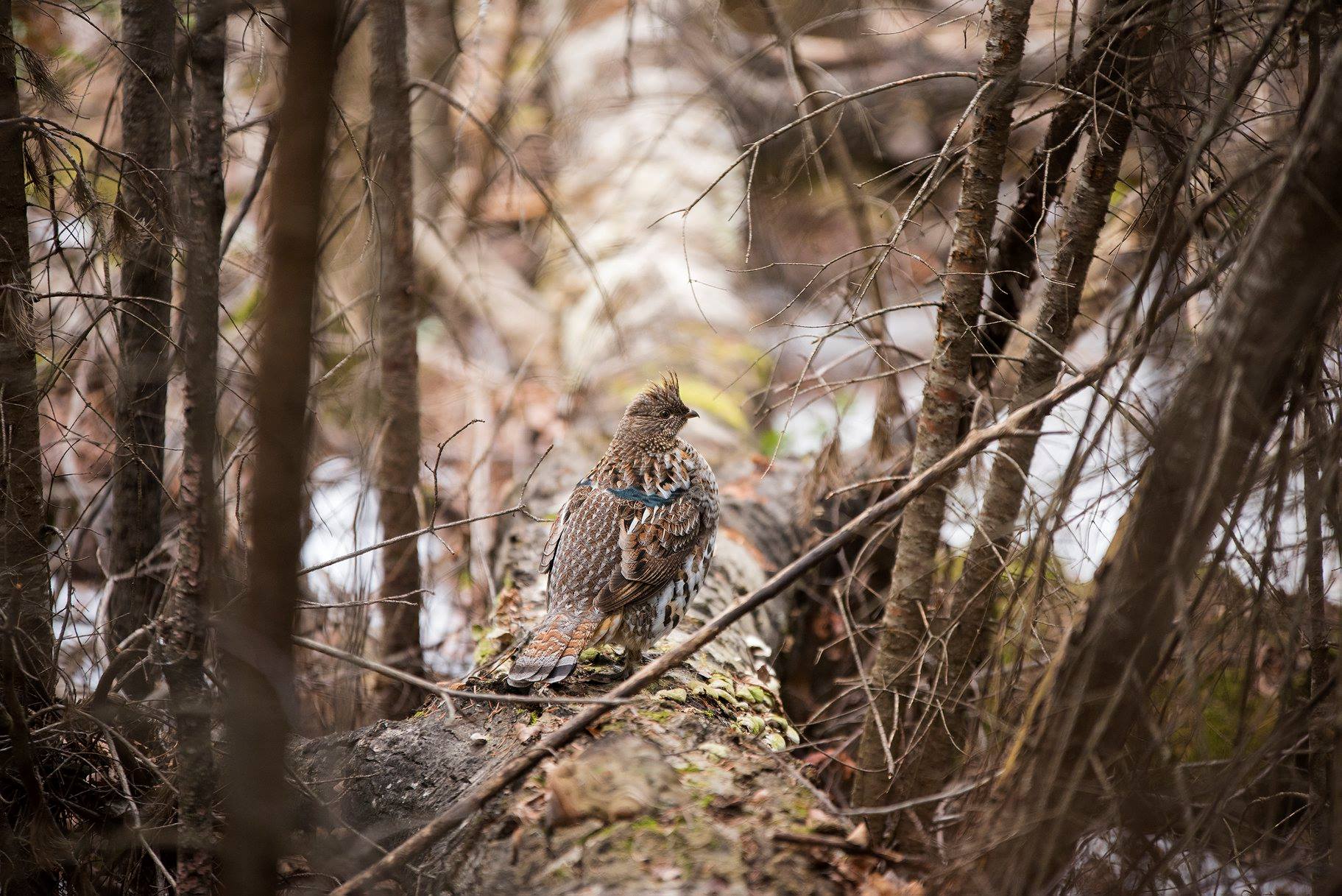
Where do grouse live?
Grouse put a surprising number of miles on in a day, that being said they don’t expend unnecessary energy, and their range is typically 4-10 acres. They’re going to switch up their roosts occasionally depending on where their food sources have been productive. If they’ve been feasting on cedar clusters and dried buds, they’ll likely hang out nearer and nearer to swamps as the late season approaches, it also guarantees them access to water as temperatures drop.
In early fall, they’ll be found near hardwood stands with readily available evergreens for easy roosts and cover. Focusing on edges when pursuing grouse can be very beneficial.
They don’t venture into open areas as much as their pheasant cousins who thrive in fields with some crouchable cover, but you can find them there if their food is there. Personally, I’ve only found grouse in an open field during late-season hunting. At first, I found that odd until I learned that grouse will actually use deep snow as a roost or cover, actually diving into it for shelter for up to 22 hours of the day. This saves their energy and in turn, their warmth.
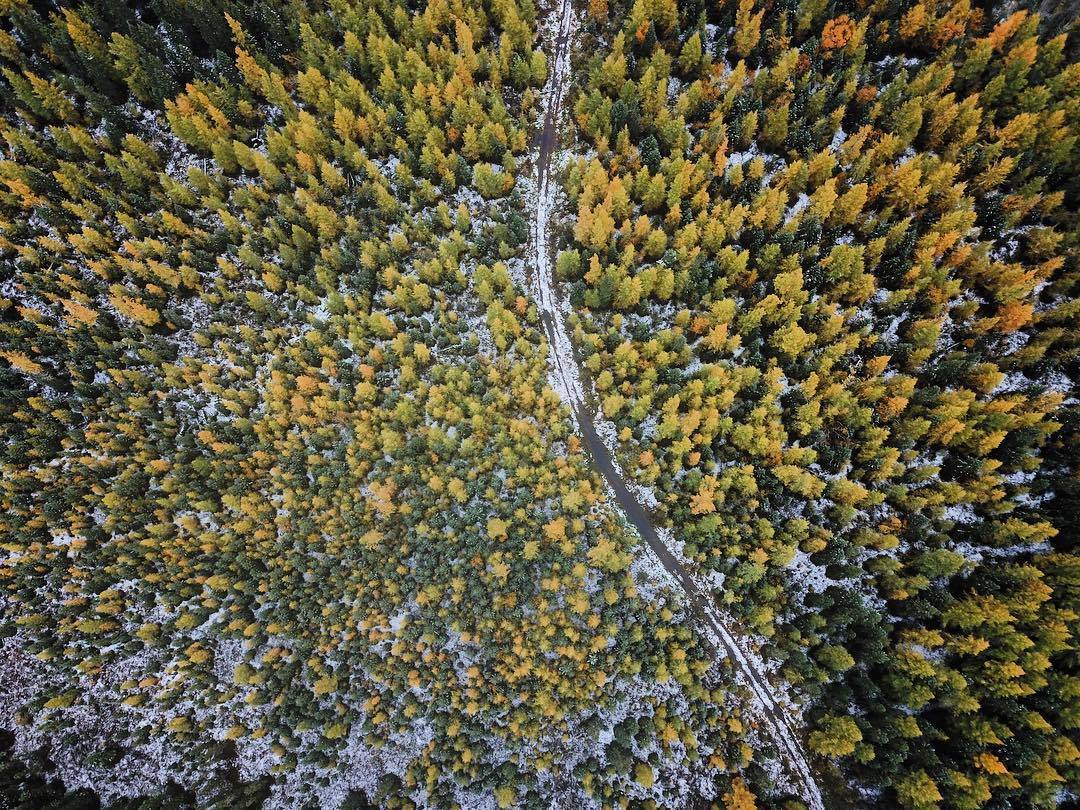
Another surprising fact about grouse and often misunderstood is the drumming season. Drumming will occur year-round as it's also a territorial display rather than just for mating. In the spring, we hear them more frequently so potential mates can hear them as well.
Grouse thrive in areas where logging repeatedly disturbs the forest. The open canopy catapults brush growth to full cover, sometimes in just one season. You may have heard that forestry is beneficial to most woodland creatures, but where ungulates such as moose benefit from the fresh growth, grouse benefit from the thick cover for the sake of raising new generations.
What's the lifespan of a grouse? Do they have any predators?
Young grouse don’t have the highest success rates early on in their lives, it's estimated fifty-five percent will be lost in their first year, some within their first few weeks. Those that do survive could potentially live up to 8 years of age.
Although lovable, these birds have a reputation for dim wit. A death scenario that's happened enough times to be put into a statistic is a grouse having died from hitting trees or branches when they’ve fled from being frightened. They’ve also recorded numerous times flying into windows and walls of houses.
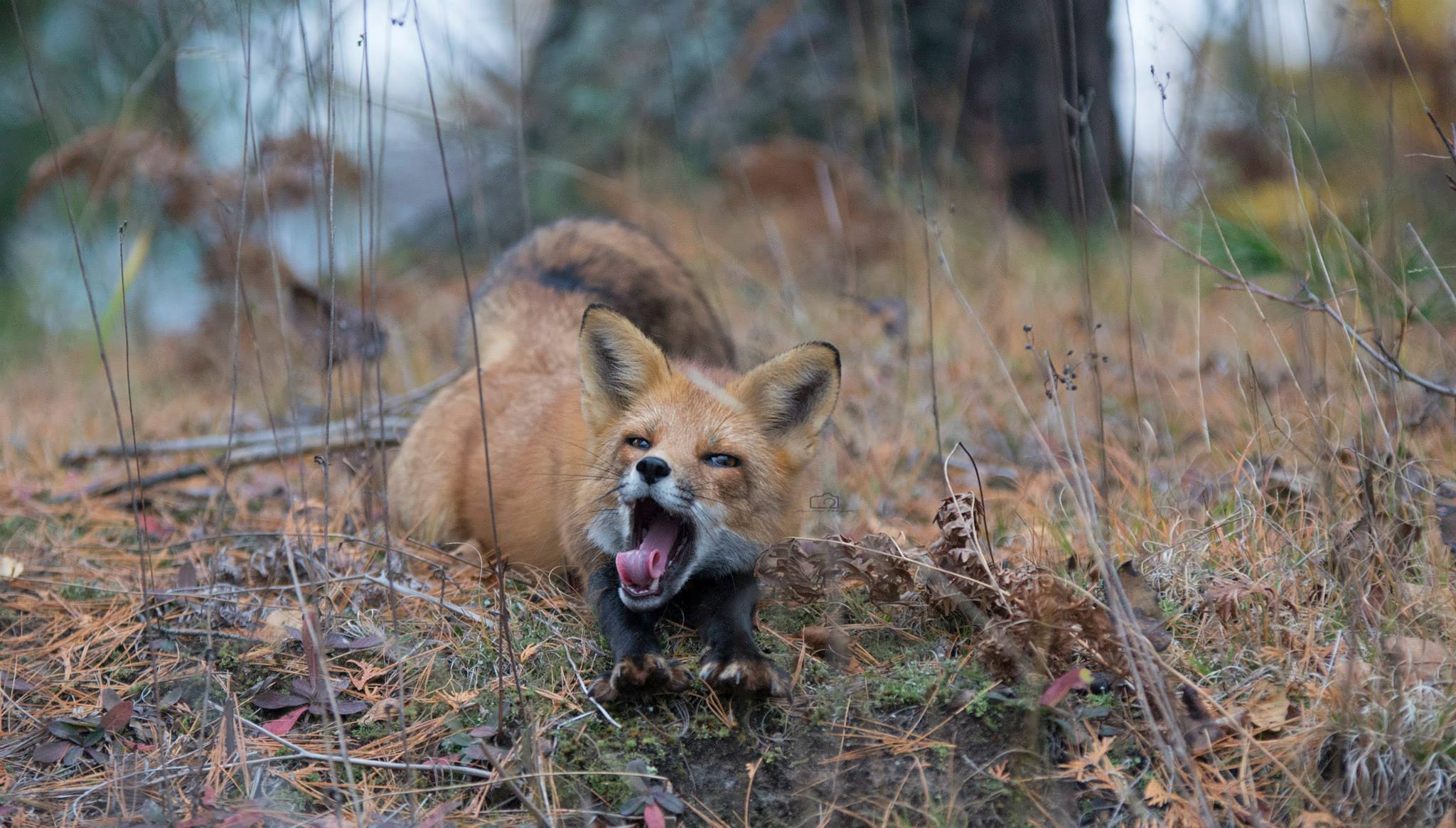
Click Here To Learn About Hunting In Ontario
Most, however, do die from the lack of mercy from predators. Namely birds of the raptor variety but foxes, fishers, even ermine don’t pass up a meal nearby. Near the bottom of the food chain somewhere close to mice and rabbits, grouse can be found.
From the Ruffed Grouse Society:
The one factor which does not appear to be important in the annual grouse fluctuations is hunting. Generally, regulated hunting during the fall season removes grouse that are in excess of winter carrying capacity, so does not impact either grouse survival rates or population trends.
Previously, it was thought that snow was rough on these ground birds, but it's since come to light that they thrive in areas with deep snow where they can expend less energy safely by using snow roosts. A lack of snow can leave them susceptible to predation and expending too much energy to keep themselves warm and fed may also lead to poor reproduction in the spring.
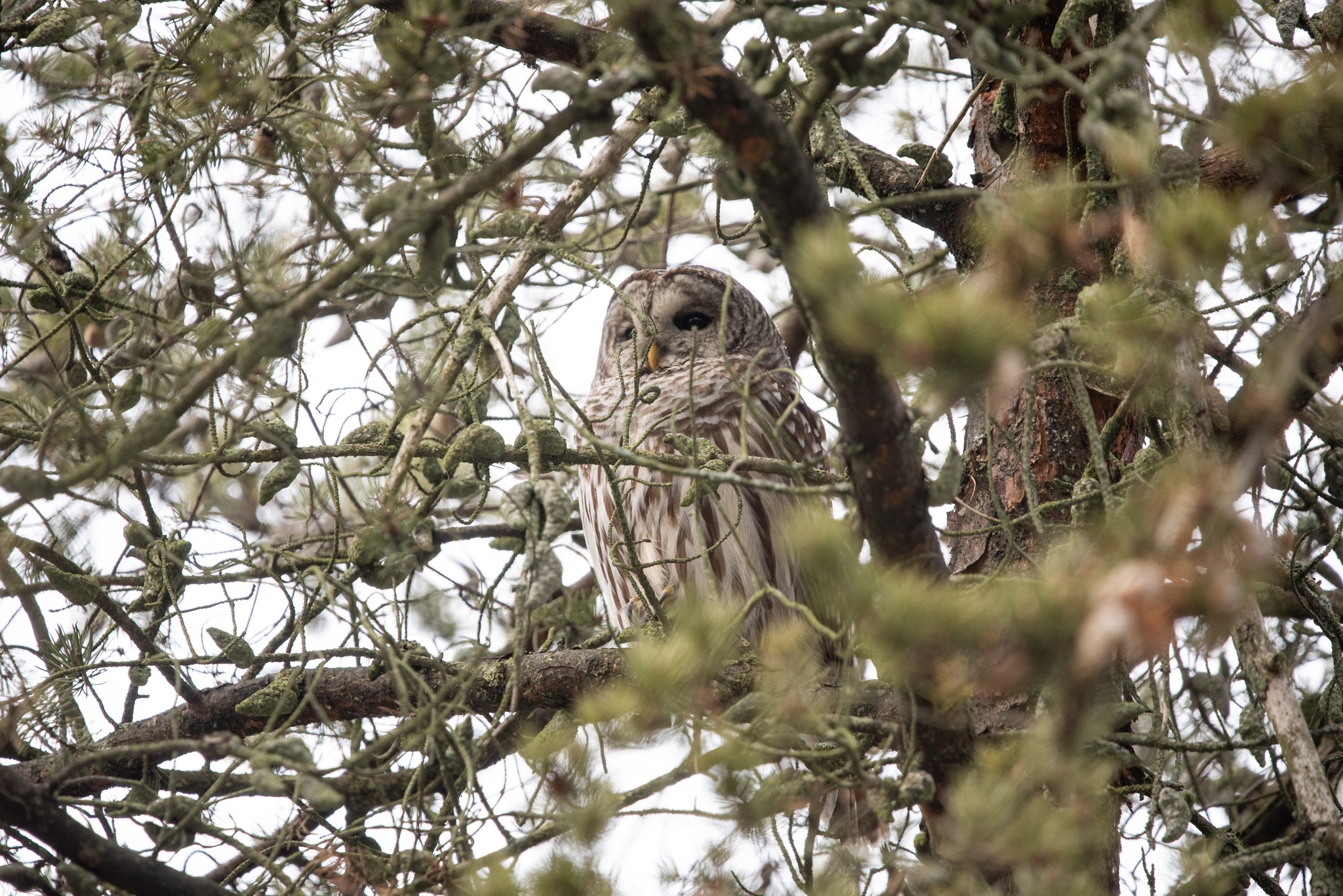
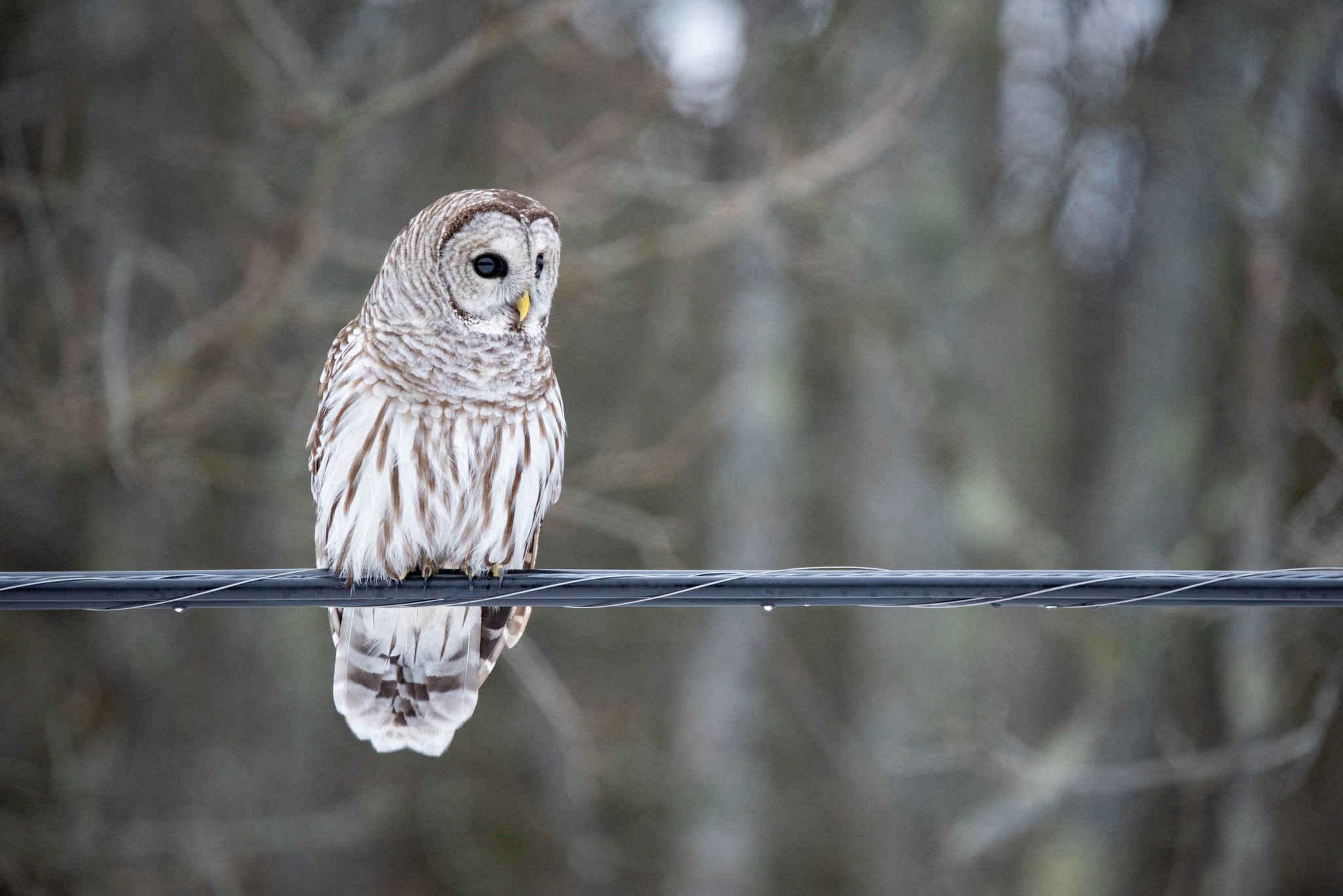
How To Bring Your Hunting Rifle To Canada
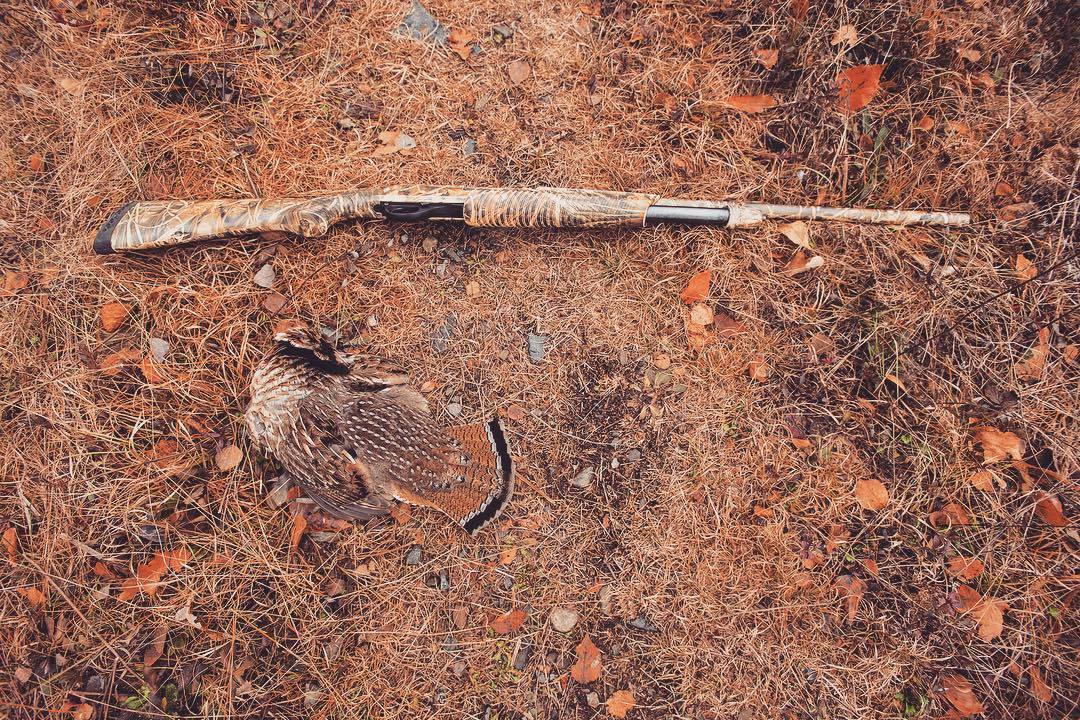
Happy grouse hunting!
An English proverb states, “A bird in hand is better than two in the bush.” However, there's no harm in trying to double your quarry when hunting for grouse. Hopefully, this article has helped you put the pieces together for this season’s harvest.
And remember; hunt edges, where forests turn to fields or the canopy changes, think coniferous to deciduous trees or swamps to open hardwoods. If you manage a bird in hand, clean it to inspect the crop for food sources. Be quiet and slow-moving, keeping your eyes peeled. They may not be the brightest, but they are the best camouflaged. Don’t forget drumming happens year-round and listen when you can.
Best of luck exploring your hunting grounds this season!
GROUSE HUNTING IN NORTHERN ONTARIO
Recommended Articles
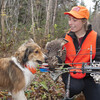
Archery Grouse
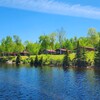
Double Bears at Whitefish Lodge & Outpost Camps
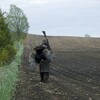
Kincardine Turkey
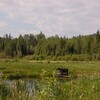
Father and Son
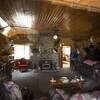
Bear Country
Goose Hunting
Turkey Tips and Tricks
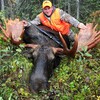
Cat Island Lodge
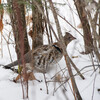
Snow Hunt for Grouse
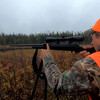
An Unforgettable Moose Hunt by Boat
Lady Luck’s Smile
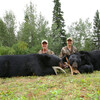
A Bear Hunt That Keeps You Coming Back
Grouse Hunting at Birch Dale Lodge
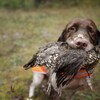
Bird Dog Friendly Lodges
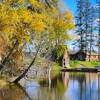
Dual Trips to Maiden Bay Camp
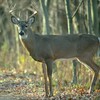
A Dryden Buck
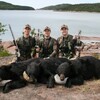
Ontario's Big Black Bears
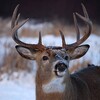
whitetails in the rut
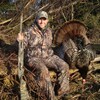
Chasing Gobblers
